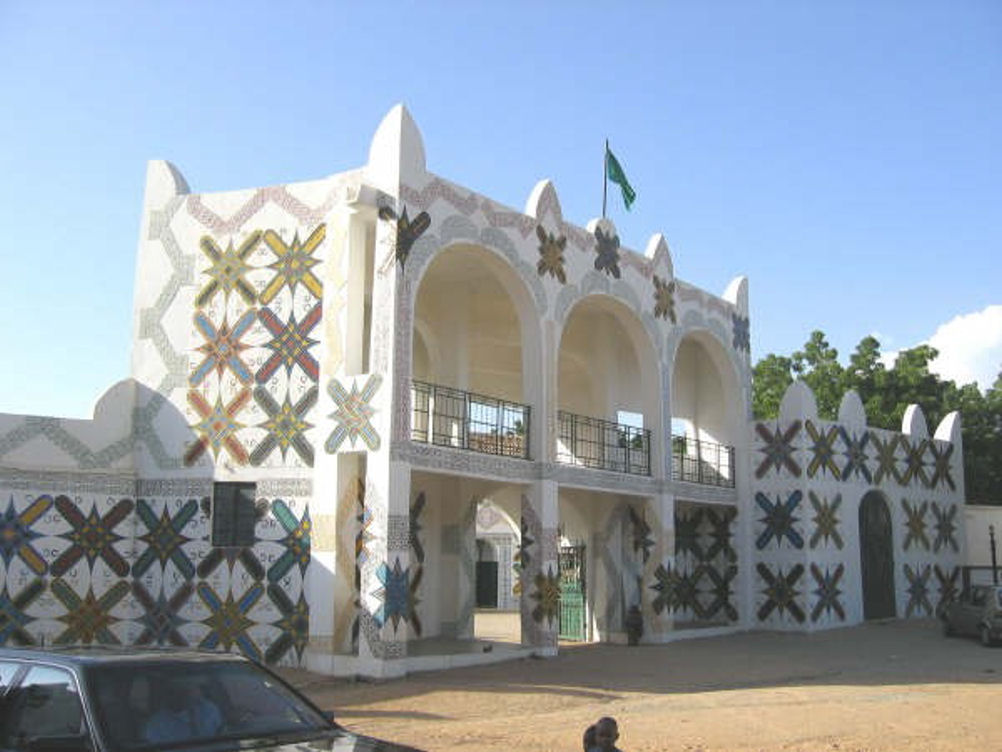Dutse Gadawur A Historica jem of Jigawa State
Dutse Gadawur is one of Jigawa State's most fascinating historical landmarks, blending natural beauty with rich cultural and historical significance. Located in the Gadawur area of the state, this towering rock formation stands as a silent witness to centuries of human activity, traditional practices, and cultural evolution.
The name Dutse Gadawur translates to "Gadawur Rock" in Hausa, a name that reflects its prominence in the region. For centuries, this majestic formation has been more than just a geographical feature; it has served as a beacon for travelers, a strategic observation point, and a symbol of the region's heritage.
Historical records and oral traditions suggest that Dutse Gadawur played a significant role in the lives of the indigenous people. In pre-colonial times, the rock was a vantage point for local communities to monitor their surroundings for both trade caravans and potential threats. Its height provided a clear view of the horizon, making it an essential asset for surveillance and communication.
The rock also holds cultural importance, as it has been a site for communal gatherings and traditional ceremonies. Elders and leaders of local communities often utilized its serene environment for decision-making and conflict resolution, cementing its place as a cornerstone of local governance and spirituality.
Dutse Gadawur is steeped in legends passed down through generations. Stories tell of early settlers who used the rock as a shelter, carving out niches to store food and water. Some believe that the rock holds spiritual power, attributing its enduring presence to divine protection.
Local lore also speaks of warriors who climbed its heights to scout for enemies, using its natural fortification as a defensive stronghold. These stories highlight the resilience and resourcefulness of the communities that have lived in its shadow.
Although much of the historical significance of Dutse Gadawur comes from oral histories, the site holds immense potential for archaeological exploration. The surrounding area could reveal artifacts or remnants that provide insights into the early inhabitants of the region and their way of life. Researchers believe that further studies could uncover links to prehistoric settlements and trade routes.
The Dutse Emirate, with its capital in Dutse, the state’s namesake city, traces its history to the early 19th century. It was established during the period of the Sokoto Caliphate's expansion, following the Islamic revival movement led by Usman dan Fodio. The Emirate was founded as part of this larger religious and political reform, which sought to unify various Hausa states under the banner of Islam and establish structured governance.
The first Emir of Dutse, Suleiman, played a significant role in establishing the Emirate’s foundations, setting up systems of administration and fostering trade relations with neighboring regions. The Emirate has since been a beacon of leadership, combining Islamic principles with traditional Hausa customs to govern its people.
Dutse Gadawur’s towering presence has always been a part of the Emirate's narrative. Historically, the rock was used as a strategic observation point, providing a clear view of the surrounding area. During times of conflict, it served as a natural fortress for the local community. Oral histories suggest that early Emirs used the rock as a location for important deliberations, taking advantage of its solitude and commanding views.
The rock’s name, Dutse, meaning “rock” in Hausa, reflects its centrality to the region. It is believed to have inspired the name of the city and the Emirate itself, symbolizing stability, resilience, and continuity.
The traditions of the Dutse Emirate are deeply rooted in Hausa culture and Islamic values. The Emirate is known for its vibrant festivals, traditional governance structures, and rich oral literature.
Festivals such as the Eid celebrations bring the community together in a display of unity and joy. During these occasions, the Emir and his council lead prayers, followed by colorful processions featuring traditional music, dances, and horsemen dressed in regalia.
The Durbar is a grand ceremonial parade that showcases the Emirate’s cultural pride. Horsemen, drummers, and performers parade through the streets in a spectacular display of pageantry, honoring the Emir and celebrating the Emirate’s heritage.
The Dutse Emirate has historically been a center for Islamic learning. Scholars and clerics have preserved religious texts, taught Quranic principles, and served as advisors to the Emir, reinforcing the Emirate’s reputation as a hub of education and piety.
Dutse has a long tradition of trade and craftsmanship. Markets in the Emirate are known for their handcrafted items, including textiles, leather goods, and pottery, reflecting the ingenuity of the local people.
---
